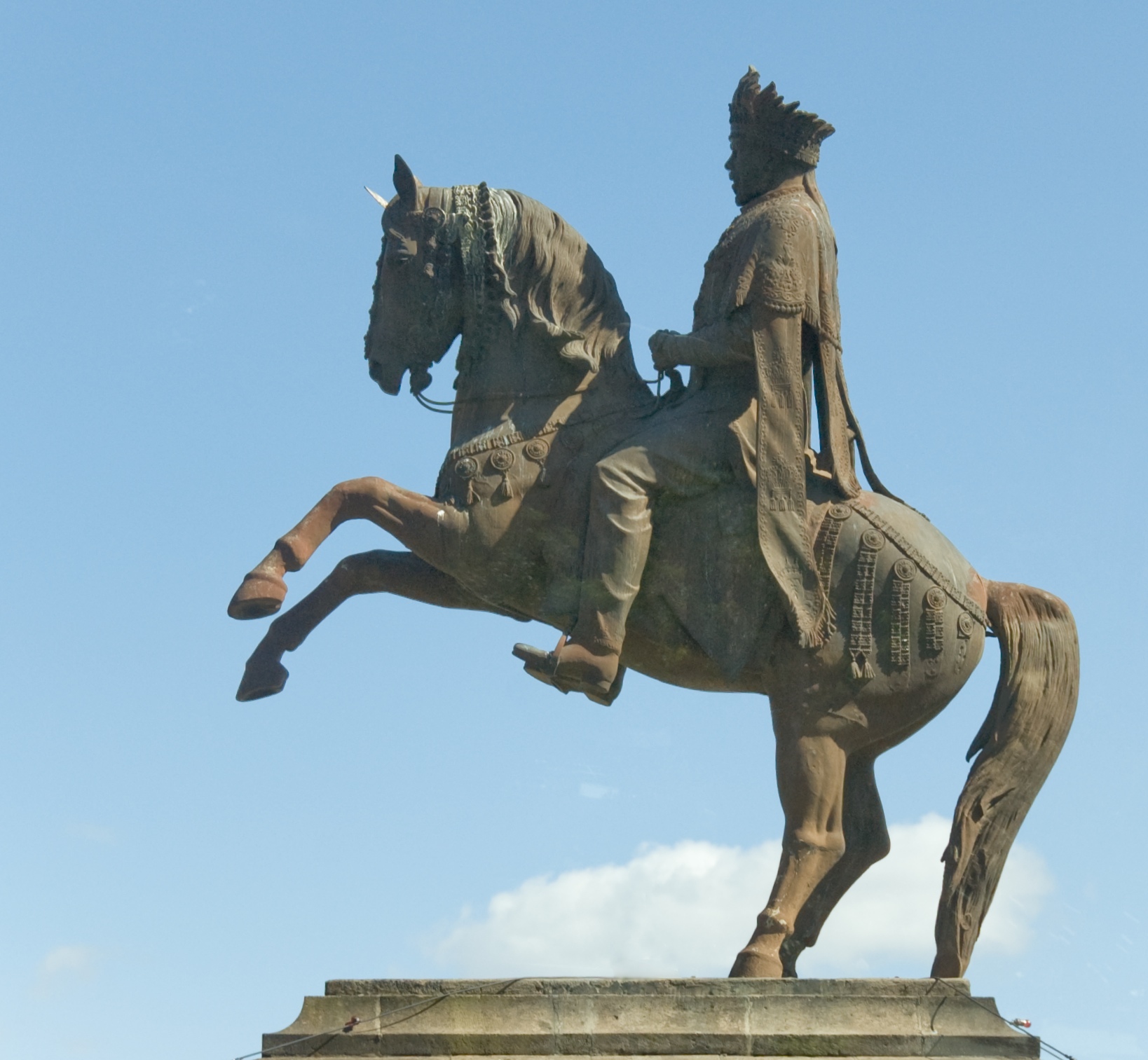Ethnic federalism in Ethiopia has given more autonomy to marginalised people and regions. But it has also opened debate about histories of cooperation and resistance between clans, and sub-clans, and the central state, writes Namhla Thando Matshanda.
The adoption of ethnic federalism in Ethiopia in the early 1990s sought to address historical imbalances and to empower previously marginalised ethnic communities. The aim was to bring previously marginalised communities into the fold of the nation-state. It produced varying political outcomes. Some were expected, such as the manipulation of political identities for political gain. Others were less expected, such as the different ways in which federalism would shape and inform identity formation at the ethnic and sub-ethnic levels.
At a conceptual level, ethnic federalism fundamentally transformed the historic centre-periphery relationship in Ethiopia by affording the peripheries a level of autonomy. Prior to this, the Ethiopian state was highly centralised, first under an imperial state, then under a military-socialist state. These regimes presided over a vast geographical territory that was occupied by diverse groups of people whose ethnic identities were subsumed under the dominant national identity.
This new level of autonomy has heightened and complicated political identity formation. In Ethiopia’s Somali region there has been pressure to adopt an Ethiopian -Somali identity in order to claim full citizenship to the federal state. Efforts to ‘Ethiopianize’ the region have included the reinterpretation of the political significance of clanship. Sub-clan and sub-sub clan identities began to contest which group would dominate regional politics.
Ogaden Ethiopianization
One such group is the Ogaden Somalis. Beginning in 2009, local politicians pioneered a radical attempt to Ethiopianize their constituents. They renamed the territory (known as ‘Region 5’ or SRS since the introduction of federalism) as the Ethiopian–Somali Regional State (Dowladda Deegaanka Soomaalida-Itoobiya [DDSI]). They also removed the white star from the local flag. These changes were to differentiate the Somali region of Ethiopia from other Somali territories such as the Republic of Somalia and the self-declared territory of Somaliland. In conjunction with these changes, political elites in the region promoted new historical interpretations about clan politics, secessionism, and inter-ethnic alliances in Ethiopia to build national solidarity. However, these efforts also brought to the fore intra-clan cleavages.
Ogaden lineages are believed to be a majority in the Somali region of Ethiopia. The region has from time to time been referred to as the Ogaden region. This is due to the secessionist conflict that came to characterise the region and became prominent during the 1977-1978 war between Ethiopia and Somalia. The region gave birth to the Ogaden National Liberation Front (ONLF) which, after the war, led subsequent struggles for the autonomy of Somalis from Ethiopia.
Against this historical background, the actions of Ogaden politicians to drive further integration of the region into the Ethiopian state raised questions about Ogaden identity, which had previously been defined by the issue of secession and about Ogaden political homogeneity. The position of Somalis in Ethiopia has become less clear in recent times.
The new discourses on secession and resistance included revisions of important Ogaden histories. Most of these histories focus on Ogaden struggles against Ethiopian rule at different times since the late 19th century. These struggles oscillated between resistance and pragmatism. The latter were often overlooked by Ogaden nationalists who led the secessionist movements. However, recent narratives promoted by DDSI officials, and their supporters, promote pragmatism as a long standing and important viable position.
From around 2014 DDSI officials begun to promote a narrative of Ogaden agency starting in the 1940s. This was the period of the British Military Administration when Ethiopian sovereignty came under threat. Towards the end of the Administration there was much debate about whether the Ethiopian Somali territory should be returned to Ethiopia or incorporated into the Greater Somalia project. Archival documents show that Ogaden notables petitioned British officials not to return the region to Ethiopia. There is also evidence of some Ogaden notables who retained close contact with Ethiopian officials and were open to persuasion about remaining in Ethiopia. Current DDSI officials have rejected these histories and instead offered a revised version where the Ogaden were invited to make a choice on their future and chose Ethiopia.
Such a revisionist take on history was done in the context of present-day politics. In this instance, DDSI leadership and officials invited ordinary Ogaden clan members to make a choice, as they had allegedly previously done, to throw their lot in with the Ethiopian state. Yet, this was a carefully crafted narrative that sought to satisfy various constituents across the political spectrum. The new narrative asked people to embrace Ethiopianization as a ‘temporary’ strategy, making use of the provisions in the Ethiopian Constitution for decentralisation and even secession.
It is not clear what kind of negotiations and renegotiations of political identities will emerge in the Somali region now that Ethiopia’s government is no longer controlled by the Tigrayan People’s Liberation Front. It is also unclear whether the pre-2018 ethnic federal system will continue to determine relations between the federal government and the regions. As things currently stand, the future of ethnic federalism, and perhaps of Ethiopia itself, remains uncertain.
Photo credit: Chuck Moravec used with permission CC BY 2.0






Ethipian Federalism is an ethnic based tribalism , which intentionally made Ethiopia supposed to be in endless conflicts, killing and civil war.
The 21 century Time bomb created by colionizers , killed millions of individuals in East Africa manly in Ethiopia , sudan Eritrea, somalia and south sudan.
The Time Bomb which was the idea fabricated by colonizers called Temporarily union of Eritrea with Ethiopia in 1952, south sudan with sudan in 1947
and somaliland with somali in 1961.